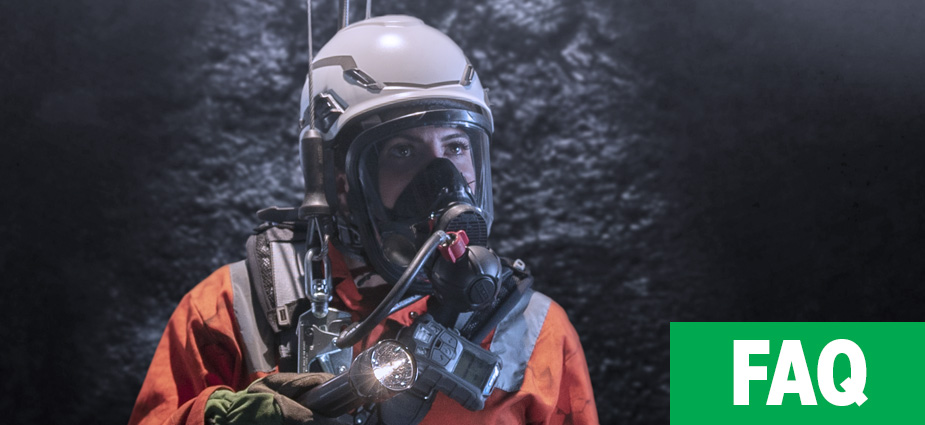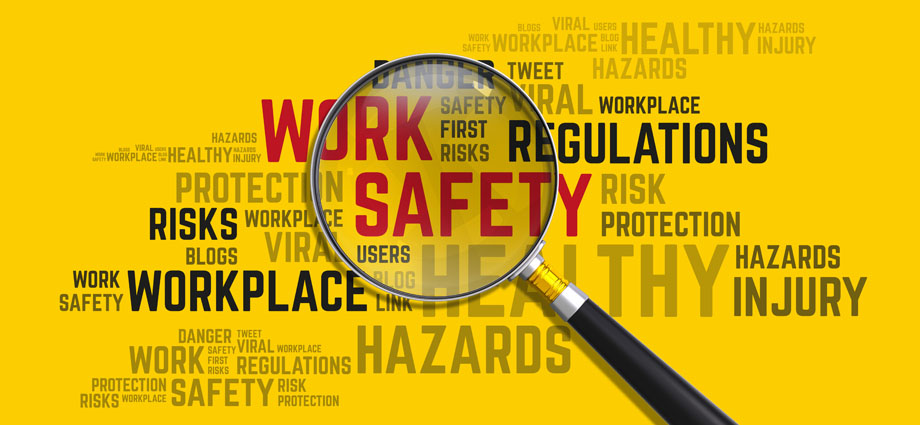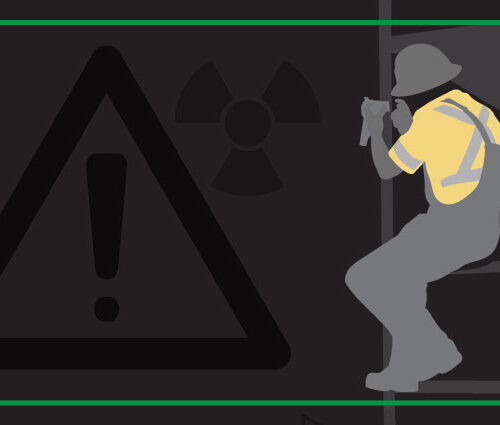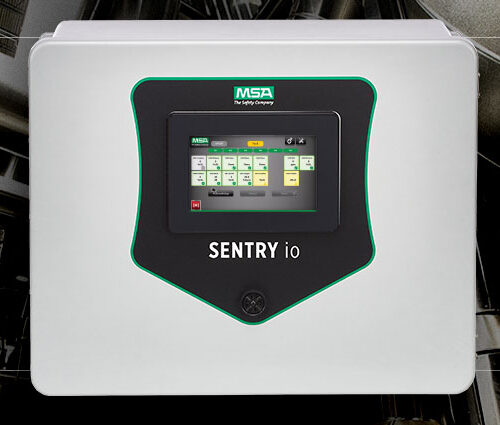
Despite the vast advancements that have been made over the years to improve the comfort and wearability of fall harnesses, the “one-size-fits-all” approach still does not necessarily apply. Workers may be reluctant to don gear that does not fit properly for workers of various shapes and sizes.
If workers are hesitant to wear poor-fitting PPE, not only does it risk their safety and the safety of their team, but it also impacts an employer’s compliance with OSHA regulations. What’s more, even if a worker does don a fall harness but it is either too large or too small, that worker’s safety can still be compromised.
According to OSHA,
“ill-fitting PPE may not protect an employee at all, and in other cases it may present additional hazards to that employee, and to employees who work around them.” 1
This issue can be particularly important for smaller construction workers, including some women, who may require a smaller fitting harness. This is especially notable, as according to recent statistics, one in ten construction workers is a woman.2
And the same applies for men who might not fall under standard height and weight ranges.
Current OSHA Regulations for PPE Fit
OSHA has existing standards around PPE for general industry, shipyard employment, maritime terminals, longshoring, and construction. These standards “require employers to provide PPE when it is necessary to protect employees from job-related injuries, illnesses, and fatalities.”1 In most cases, employers are required to pay for PPE when it is used to comply with an OSHA standard.
The general industry (29 CFR 1910.132(d)(1)(iii)) and maritime (29 CFR 1915.152(b)(3)) PPE standards already include a specific requirement that employers select PPE that “properly fits” each affected employee.
OSHA’s existing requirements at 29 CFR 1926.95 are drafted specifically for the construction industry. This construction standard states that PPE “shall be provided, used, and maintained in a sanitary and reliable condition whenever it is necessary by reason of hazards,” and that when employees provide their own PPE, “the employer shall be responsible to assure its adequacy, including proper maintenance, and sanitation of such equipment.”1
However, OSHA’s current PPE standard from construction differs from the general industry and maritime versions, in that it does NOT include an explicit requirement that PPE properly fit each affected employee.
OSHA’s Recent Notice of Proposed Rulemaking
In July 2023, OSHA proposed a rule intended to clarify its PPE requirements for construction. The revision would “require explicitly that PPE must fit workers properly,” and “make properly fitting PPE an enforceable requirement rather than the non-mandatory suggestions contained in these [ANSI] consensus standards.”1 According to OSHA, “a clear and explicit enforceable requirement will help ensure that employers provide employees with properly fitting PPE.”1
With this revision, the PPE fit requirement for the construction industry would be consistent with general industry and maritime requirements and help ensure workers of all sizes have appropriate PPE.
The new rule also takes into account the number of women working in the construction industry and the need for appropriately sized PPE options for women, as historically, protective equipment was designed primarily to fit average-sized men.
OSHA’s take is that “properly fits” means the PPE:
- is the appropriate size to provide an employee with the necessary protection from hazards, and;
- does not create additional safety and health hazards arising from being either too small or too large
The idea is that with properly fitting PPE, employees are less likely to discard or modify it because of discomfort or interference with their work activities. 1
Some Considerations For Evaluating Fall Protection PPE
In addition to keeping up with OSHA’s latest updates and providing proper fall protection training for employees, here are a few things to keep in mind when looking for PPE that can accommodate a range of worker sizes and needs.
When donning a harness and determining fit, pay particular attention to ensure that buckles are connected and aligned correctly, leg straps and shoulder straps are kept snug at all times, chest straps are located in the middle chest area, and leg straps are positioned and snug.
When selecting fall harnesses, keep in mind certain features than can help improve comfort and adjustability, including:
- Adjustable features allowing the worker to loosen or tighten the harness depending on the fit.
- Contoured padding across the shoulders and back, helping to eliminate or reduce pressure points and chafing.
- Various size options designed to fit workers from 110 lbs. up to 400 lbs., and from 5 ft. tall up to 6.6. ft. in height.
- Keep in mind that the weight capacity noted on the harness label means the combined weight of the worker’s body, clothing, and tools. A harness may be rated to a larger capacity (e.g. 400 lbs) for OSHA and CSA standards, but to meet the ANSI standard, capacity must conform to the ANSI limits shown in large type on the label’s first page.
MSA V-SERIES® fall harnesses are designed with comfort in mind, and are available in a range of sizes from XS to super XL. An exclusive racing-style buckle allows for a close and comfortable fit and pull-down adjustment allows workers to quickly get the right fit. Learn more about the range of fall harness options available to help ensure the proper fit.
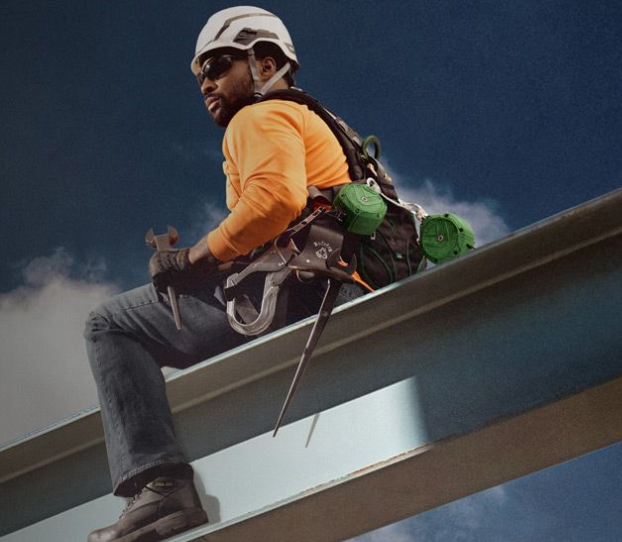
Experience the Standard in Fall Protection with MSA PPE
Experience the Standard in Fall Protection with MSA PPE. Learn more about the Dare to Compare product trial program:
Learn More

